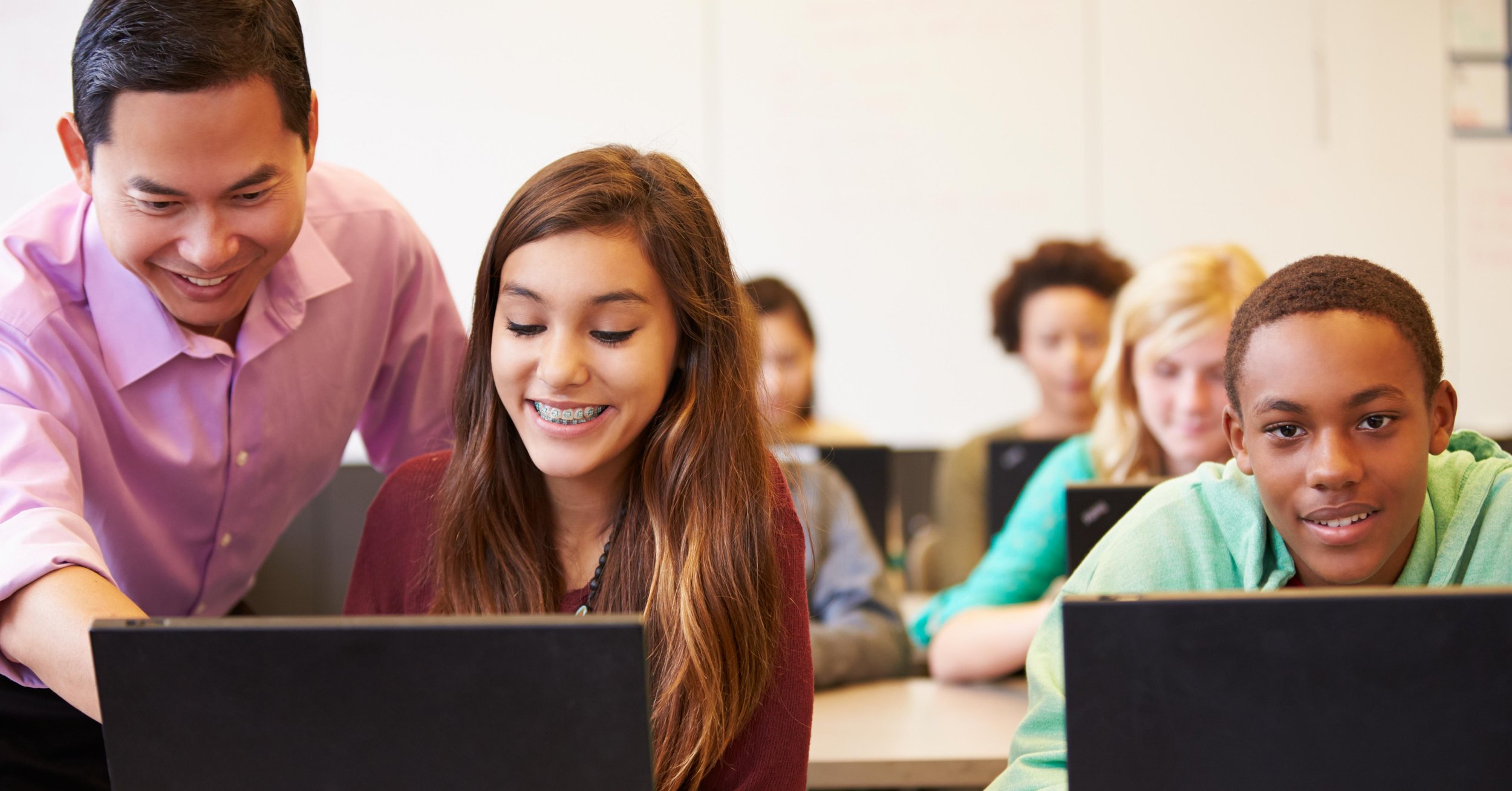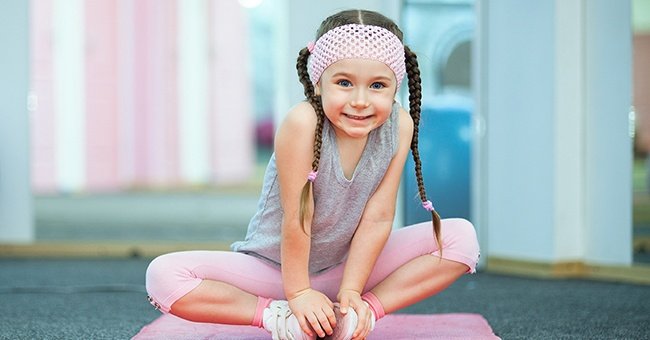Wrapping up a semester takes more than just accounting for all the class laptops, cleaning off your desk, and unplugging the printer; you should also spend a few minutes organizing your Google Classroom.
The emergence of technology in the classroom has given teachers something else to think about before locking up their classrooms for a long winter’s nap (or a much-needed summer break).
Google Classroom is a wonderful tool, especially when it is organized and maintained year after year. Here are a few suggestions to help you clean up after your last semester so that you can strike the right key with the next one.
Return all student work.
Google Classroom makes light work of homework by adjusting sharing permissions when it is assigned, and then once again when it is turned in. When you are done grading the assignment, don’t delete it; instead, turn it back to the student. This will remove the file from your drive and return it to the student (and they can delete it if they want). Emptying classroom files of assignments is a fairly cathartic process. Enjoy it.
More directions on how to return Google Classroom assignments here.
Remove students from old classes.
If you don’t want past students accessing (and potentially sharing) current class content, it’s a good idea to remove former class members from your student roster at the end of each semester. It may not prevent all forms of cheating, but it can be a strong preventative measure.
Learn more about how to remove students from a Google class here.
Archive completed classes.
Archiving classrooms allows you to remove the class from your main Google Classroom page while still allowing you to copy, reuse, and access previously created material. The biggest reason to archive is that it helps make your page cleaner and easier to navigate--something most teachers appreciate, especially when logging in the first time after break.
More about how to archive a Google class here.
Don’t forget about class calendars.
Every time you create an assignment with a due date, you automatically create a calendar entry in the class’s Google Calendar (yes, Google Classroom is just that good). Once the class is done, however, that calendar link just becomes one more thing to clutter your sidebar. Delete or hide the unwanted calendar in the Google Calendar Settings.
Clean up Google Drive.
Google Classroom is just a shinier, automated interface for Google Drive, which is doing all the heavy lifting of creating folders, sorting documents, and more. You may never want to dive this deep with your cleaning, but on the off chance that you want access to files in a different way, here’s your chance to keep your current files where you need them (in the Classroom folder) and to remove old ones to other locations as you see fit.
A good tip here is to create a Google Drive folder named “Archived Classes” and drag and drop completed classes from Google Classroom into this folder for safekeeping.
NOTE: You may never need or want to do this. This process doesn’t affect Google Classroom performance; it simply makes it easier to work within Google Drive for current classes.
Google Classroom has quickly become an invaluable tool for many teachers around the world. To keep it--and you--running most efficiently, it’s important to keep it maintained and organized. The good news? Unlike your physical classroom, where you have to move desks, take inventory, and haul boxes, you can clean up your Google Classroom at your kitchen table, coffee in hand, and in your pajamas--and it will still feel just as good when it’s done.
Want to learn more about what Google Classroom can do for you? We'd love to talk.




















